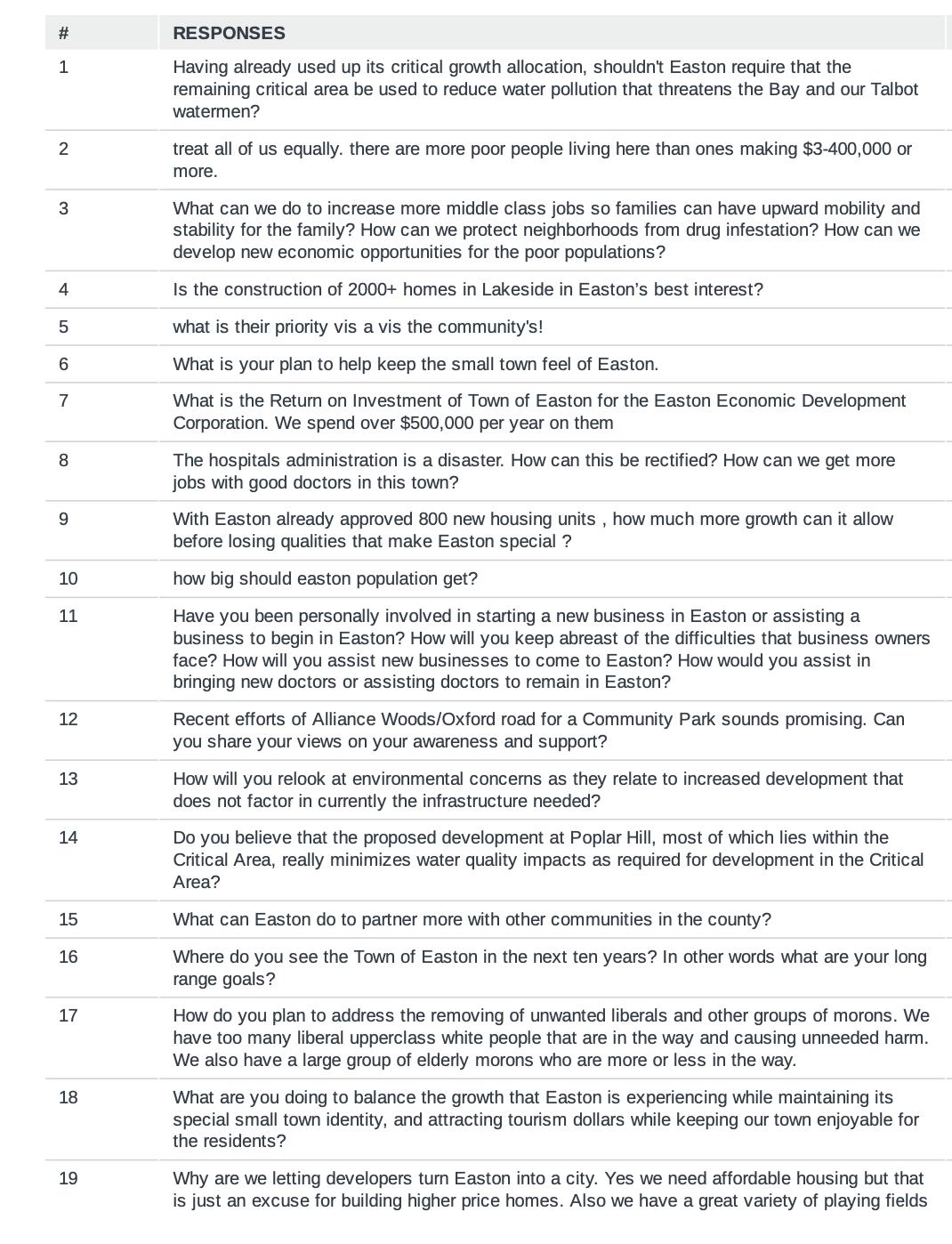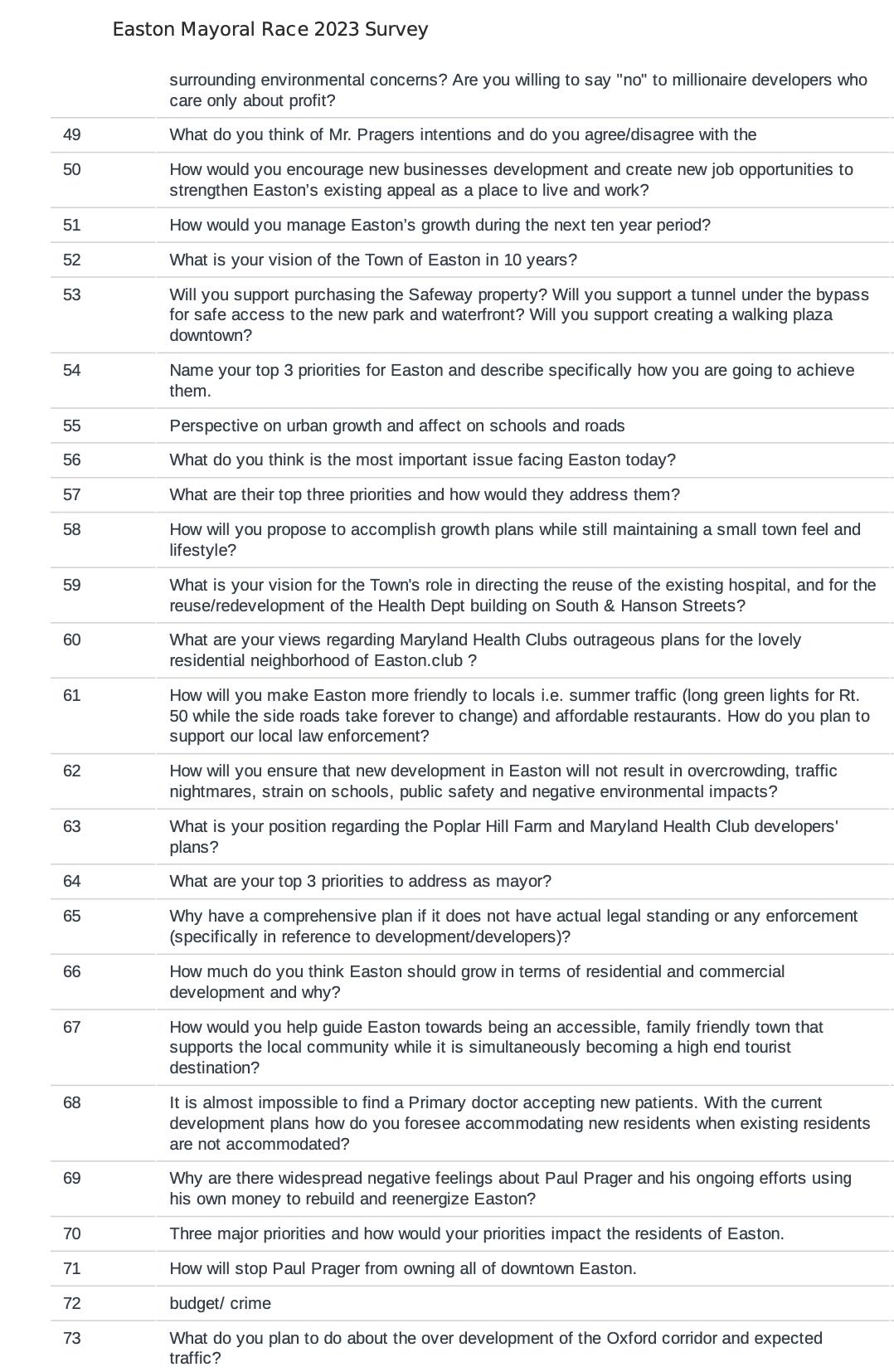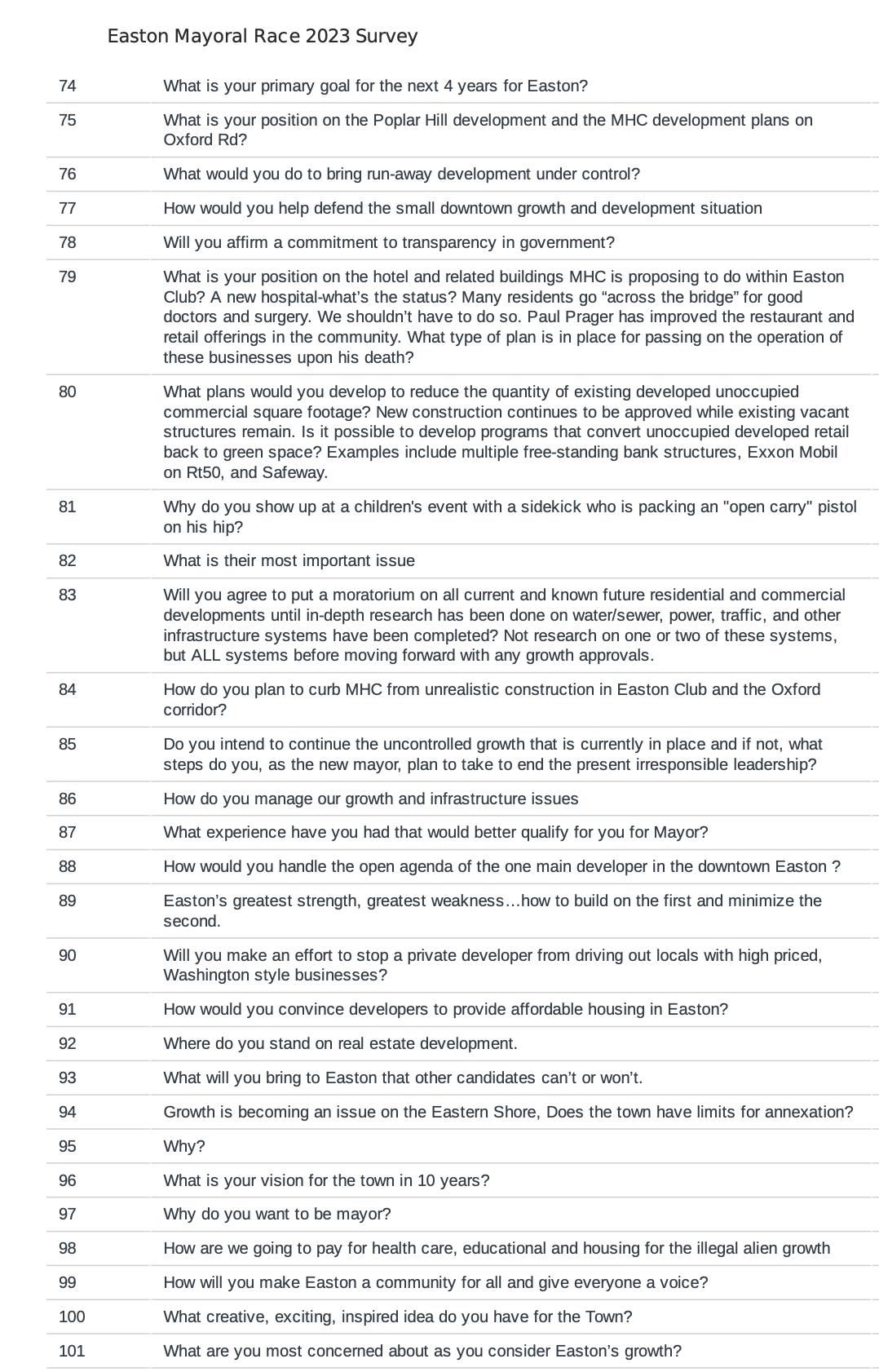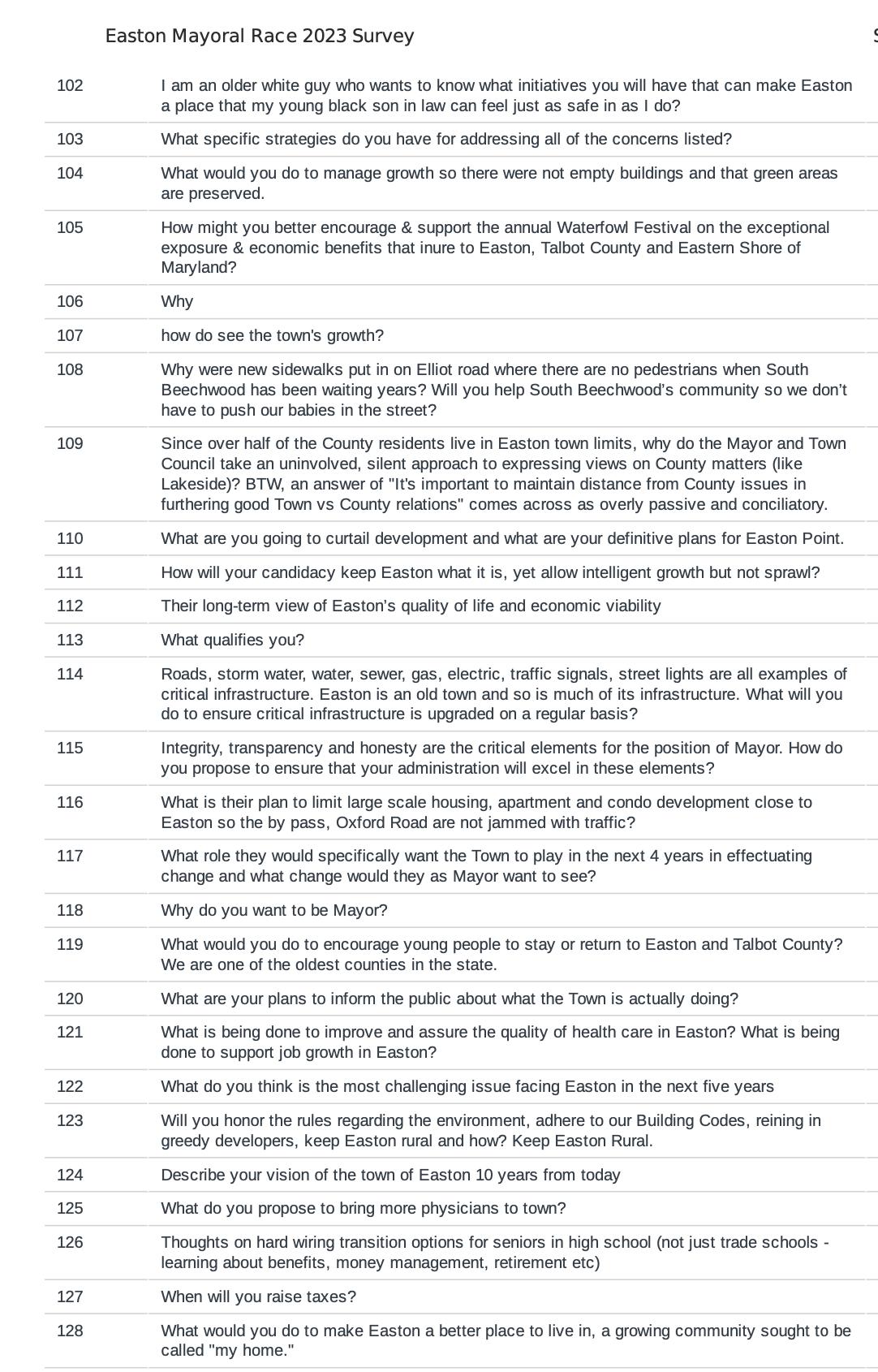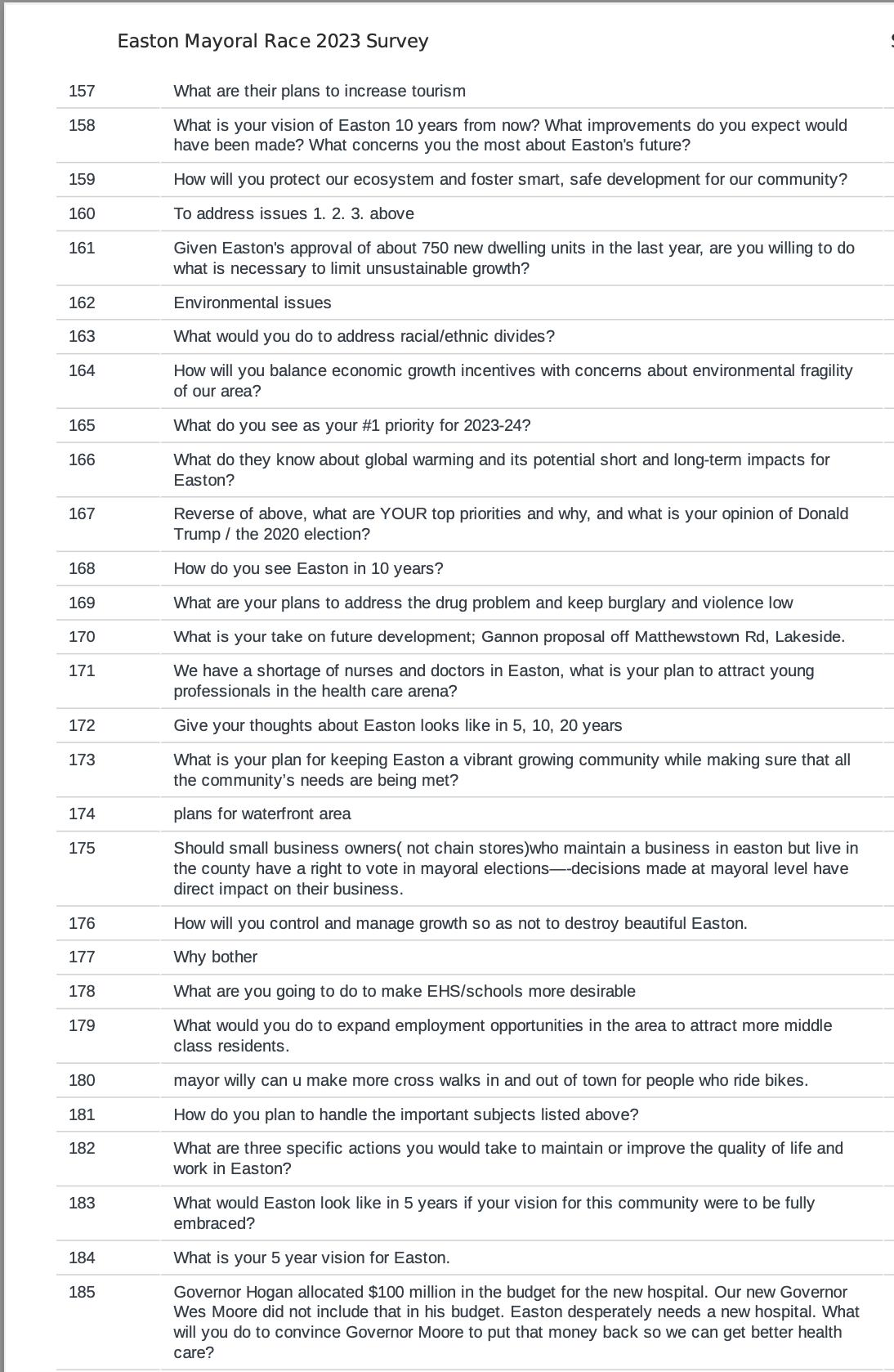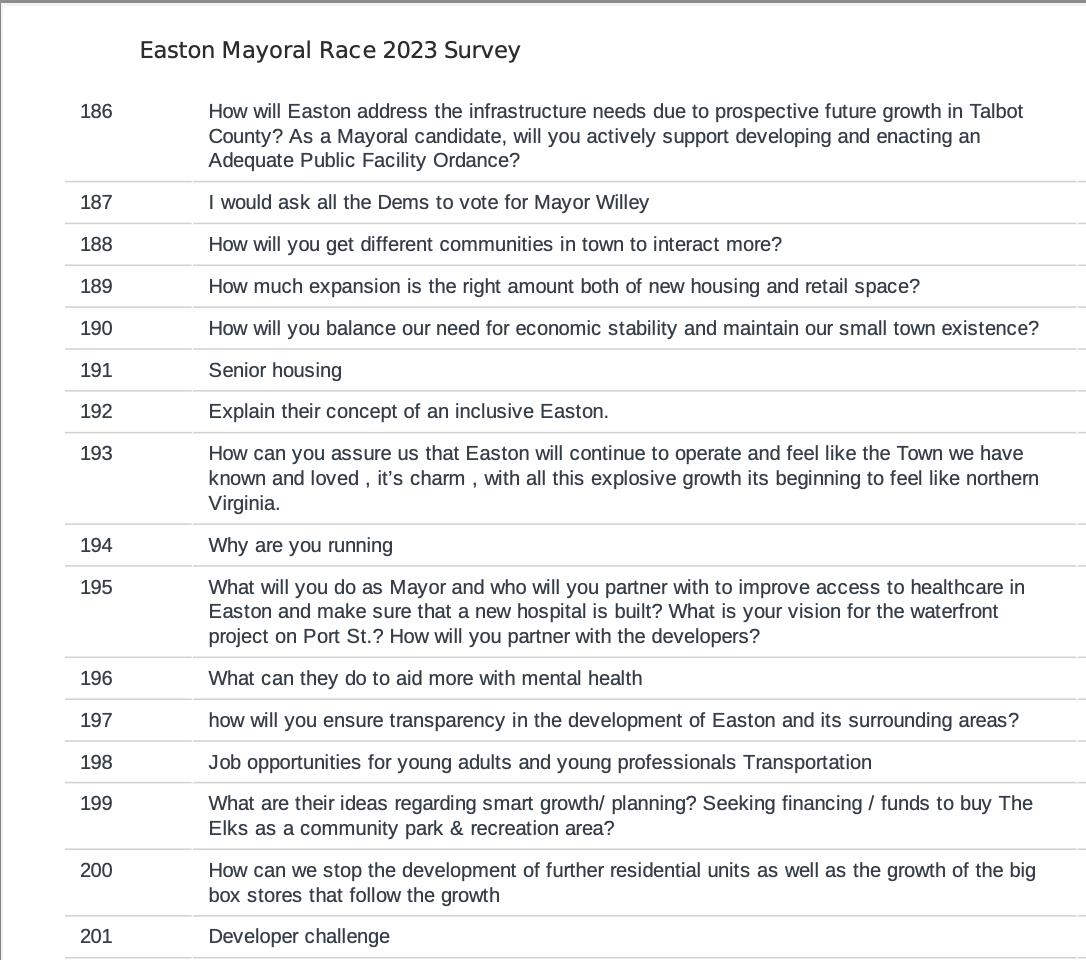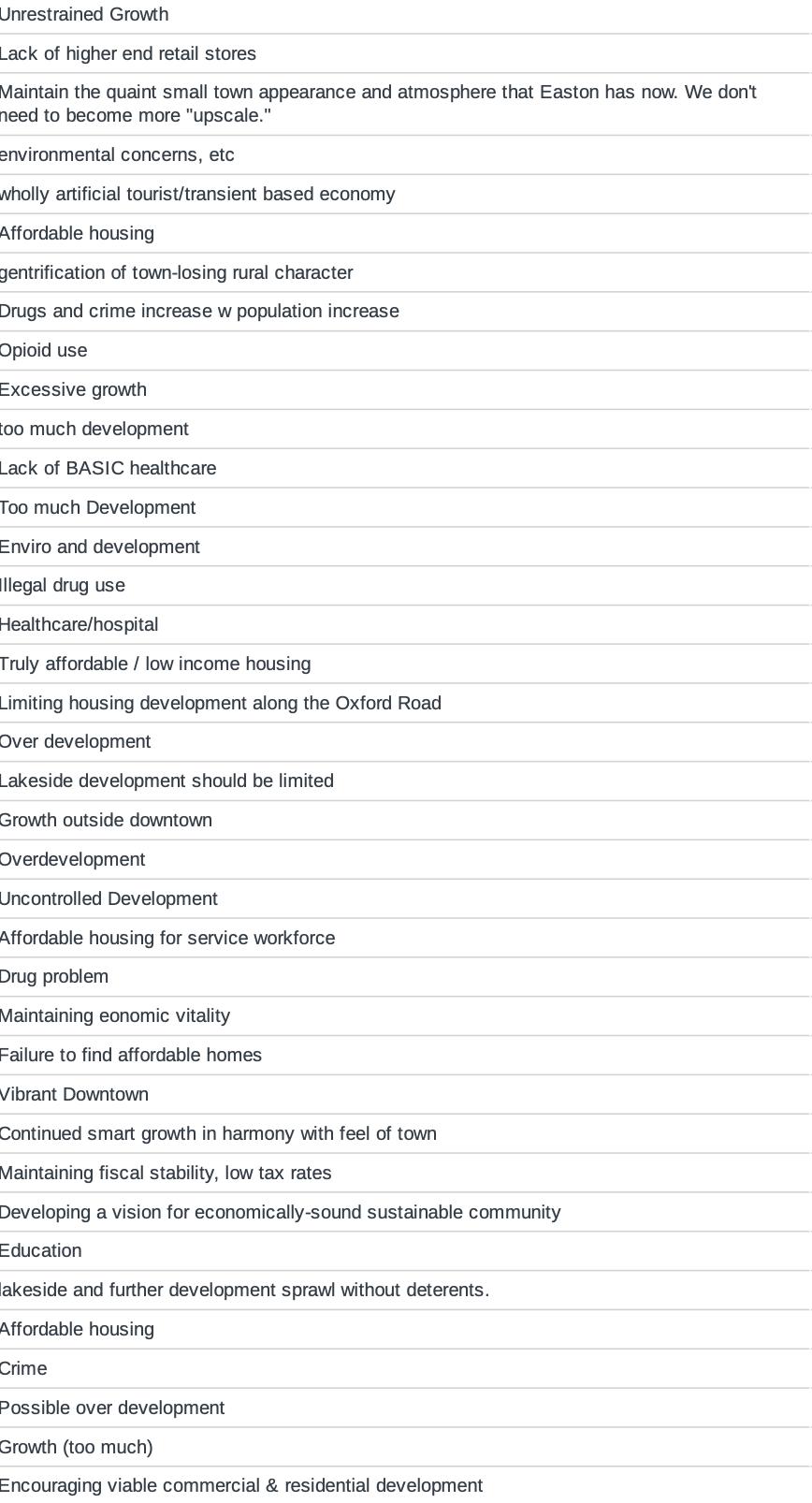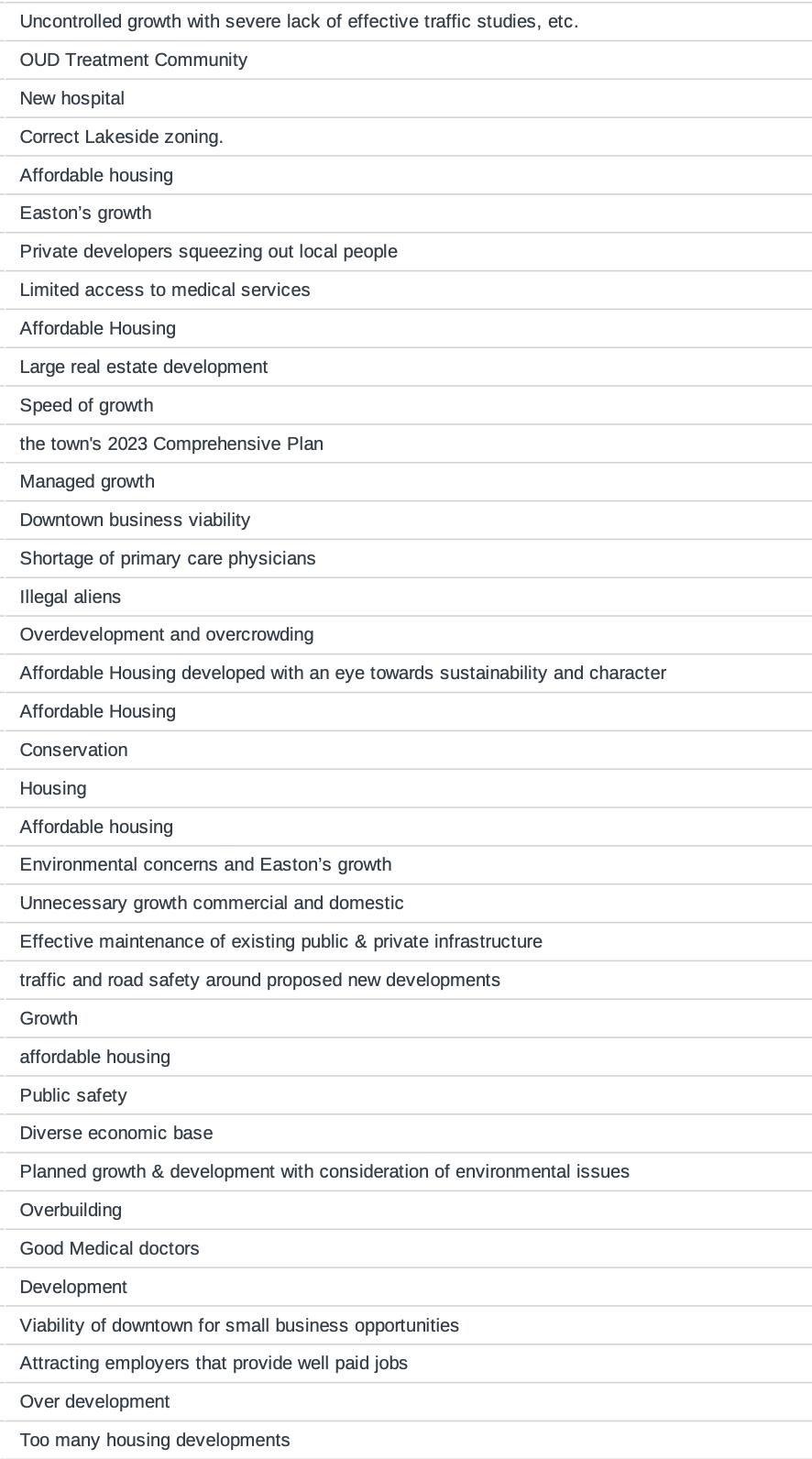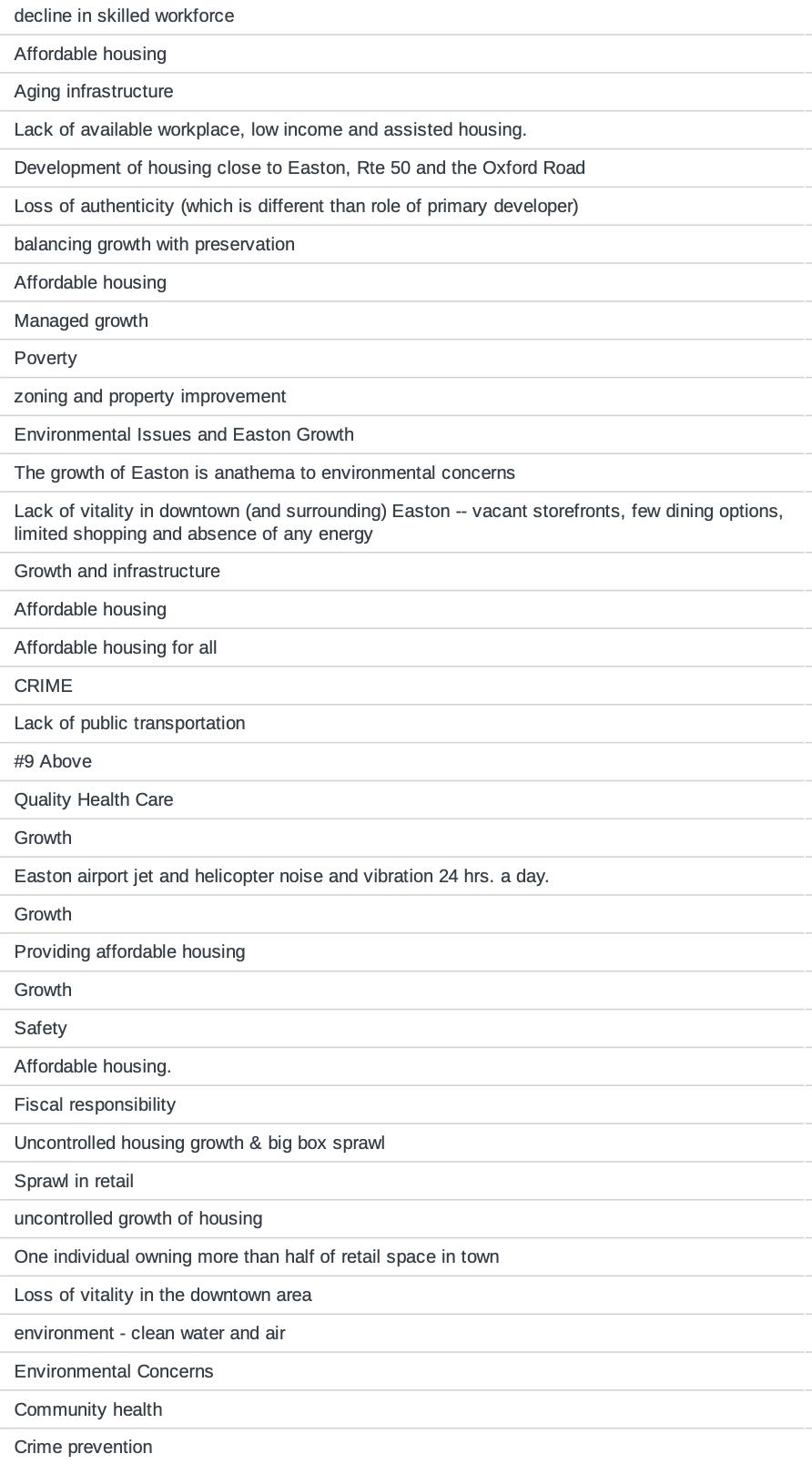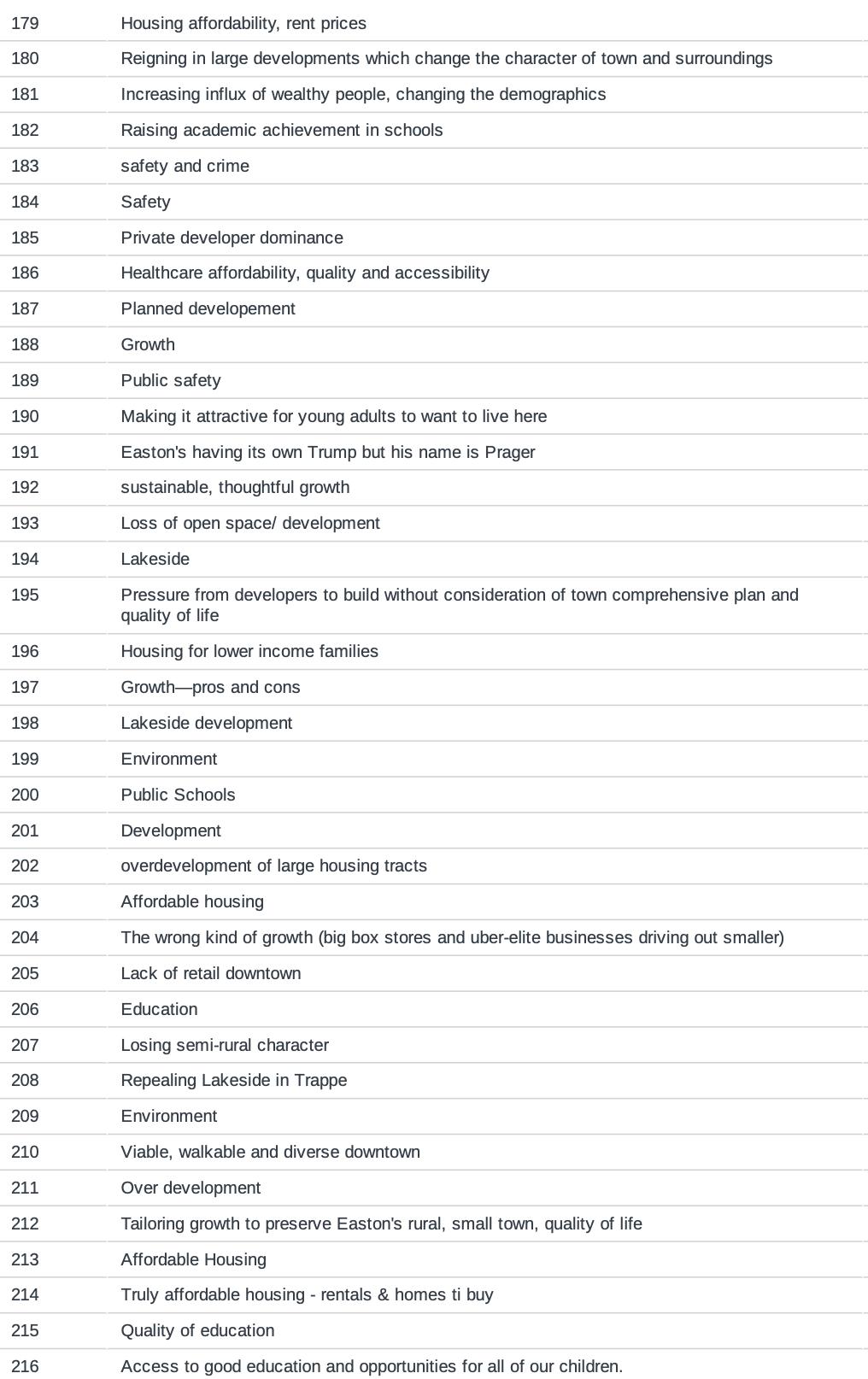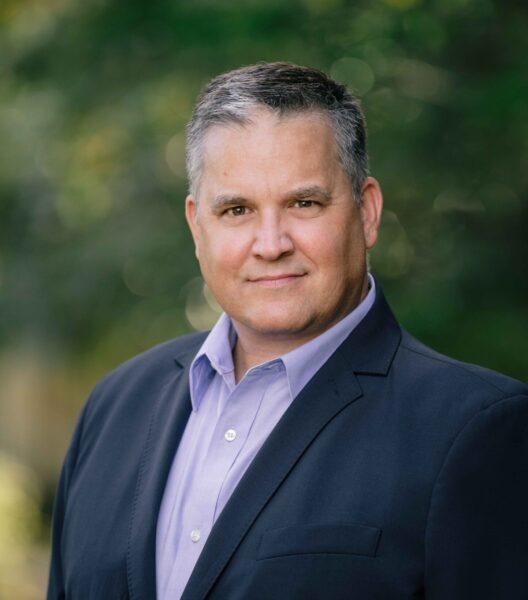Starting today, most retailers in Easton will no longer be able to distribute single-use plastic bags to customers, as the town’s long-awaited plastic bag ban goes into effect. The Easton Town Council unanimously passed the ordinance in September, aiming to minimize environmental impacts, reduce production and disposal costs, and protect local waterways.
The ordinance includes several exceptions for specific items such as fresh produce, meat and poultry products, unpackaged goods, ice, prescription drugs, newspapers, dry-cleaned or laundered items, and bags designed for disposing of waste. Freshly prepared hot or cold food, sliced deli items, and foods prepared to order are also exempt from the ban.



















